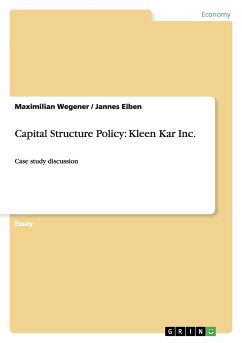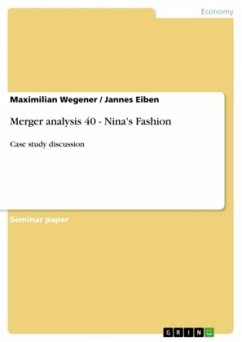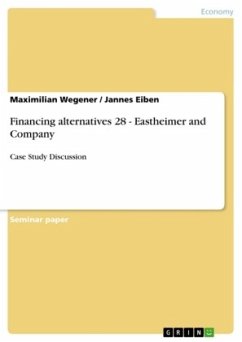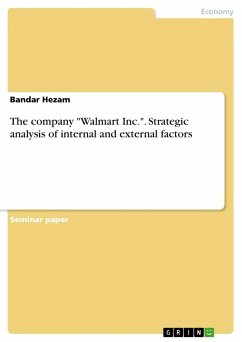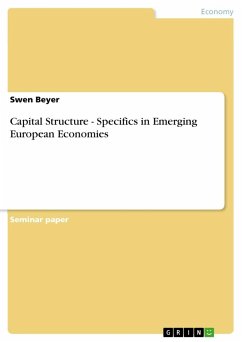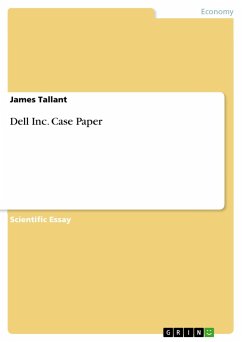Essay from the year 2012 in the subject Business economics - Investment and Finance, grade: 9, Maastricht University (SBE), course: intermediate financial management (IFM), language: English, abstract: Questions1A) Business risk is the risk to firm's stockholders without debt. Business risk can be measured by the standard deviation (later referred to as: SD) of "return of capital invested" ROIC= (EBIT (1-T))/Capital. Typical sources of business risk are factors associated with day-to-day operations of the business, such as input price-, demand-, sales price- and currency variability or the ability to innovate and the extent of operating leverage used. The establishment of long-term contracts can mitigate business risk with suppliers or distributors or with hedging strategies in case of currency risks. On the other hand, financial risk is the risk stockholders bear, because of the use of debt. In the case of debt usage the stockholders bear all the business risk, because debt holders receive a fixed interest payment. 1B/C) The additional risk from the debt can be measured, if one compares the levered beta to the unlevered beta. The levered beta should be higher than the unlevered and therefor react more severe to broad market movements, reflecting the additional risk. Moreover, since the beta is part of the CAPM model, the required return for equity holders rises which makes perfect sense, since equity holders want to be compensated for the additional risk from financial leverage. Leverage increases stockholders ROE, because the denominator of (Net income)/Equity is smaller since V_L consists of debt and equity, in contrast to a all equity financed company. Finally one can compare the SD of a levered and unlevered firm. The higher ROE comes at the cost of an increased SD, because of the higher variability of ROE.

